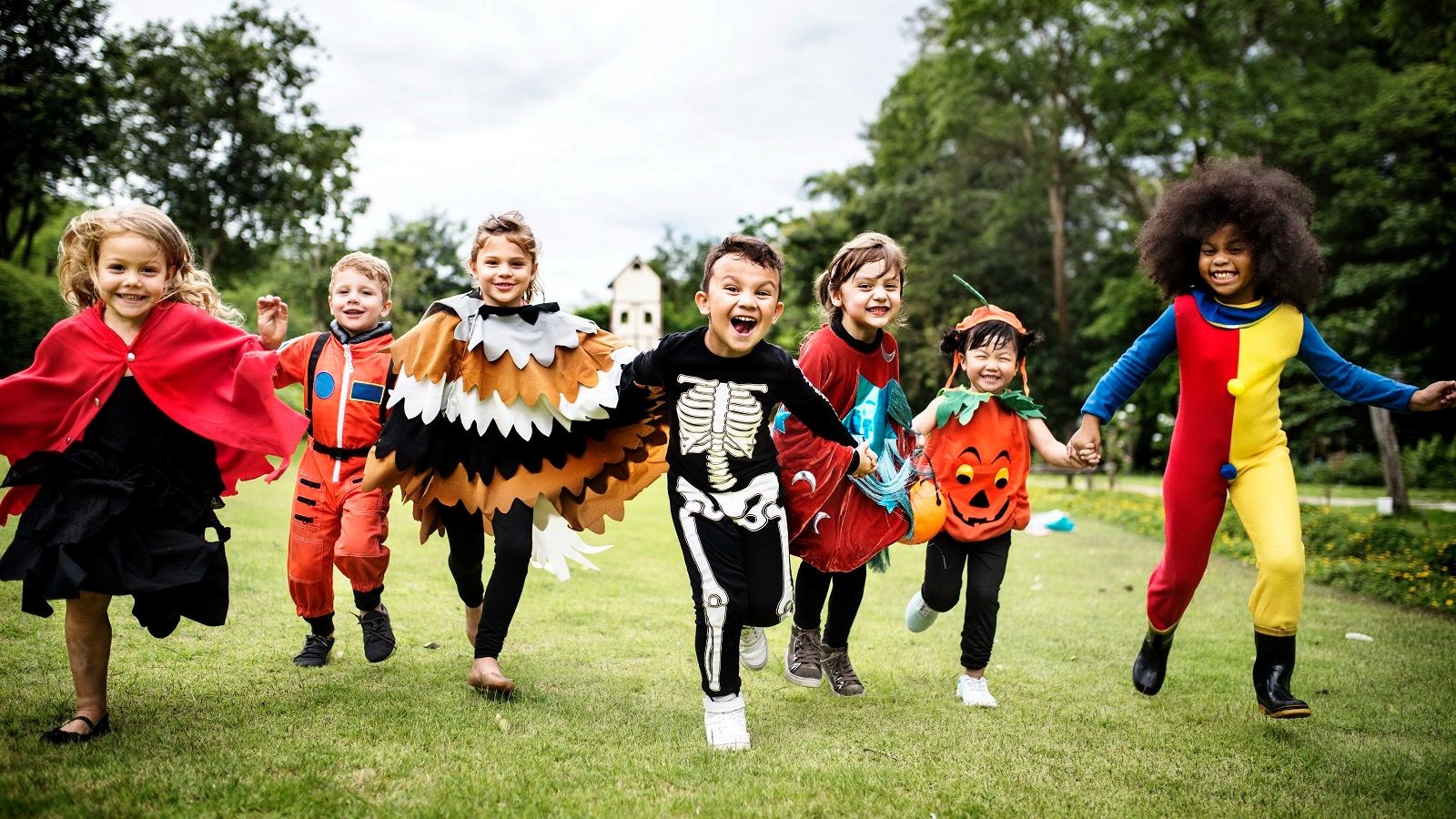Celebrating Halloween Safely and Respectfully
 Halloween is next Monday! Here are some tips for staying safe in the classroom and out trick-or-treating! (image via iStock)
Halloween is next Monday! Here are some tips for staying safe in the classroom and out trick-or-treating! (image via iStock)
Halloween is less than a week away, and as kids gear up for a night of tricks and treats, it’s important to remember to stay safe and respectful while celebrating the spookiest night of the season.
Students and staff alike may be excited to dress up this week, but it's important to be mindful that costumes do not include elements of cultural appropriation or other potentially offensive themes. Cultural appropriation is the unacknowledged or inappropriate adoption of customs, practices, ideas or elements of a culture or identity by members of another.
Some Halloween costumes may be unsuitable if they contain elements of:
- Race or ethnicity (i.e. blackface, brownface)
- Culture (i.e. Indigenous regalia/headdresses, hijabs, dreadlocks)
- Religion or faith (i.e. religious figures, gods, saints, gurus)
- Gender (i.e. gender switching for the purpose of humour or mockery)
- Ableism (i.e. mocking physical or mental abilities)
Some costumes may also be traumatic if they contain violent imagery, such as weaponry or a hangman's noose. Students and staff are reminded that weapons (even fake ones) are not allowed at school as part of their costume, and to be aware of cultural or racial stereotypes with their costumes and consider if their outfit may be offensive to others.
The Government of Canada also has a number of Halloween safety tips to help keep kids safe as they go door to door for candy.
Costumes
- Wear brightly coloured costumes that can be seen by drivers. Add reflective tape to your costume to increase visibility.
- Choose costumes that fit well and can be warn over warm clothing to protect your child from cold and wet weather.
- Avoid costumes that are too big, have dangling pieces and are flammable. Children may trip on oversized costumes, or they may risk catching on something such as a tree branch or fence. Loose garments can also be hazardous around candles and open flames that may be in jack-o-lanterns.
- Use face paint or make up instead of masks. Improperly fitted masks can interfere with your child’s vision or breathing. Before applying face paint or make up, do a patch test to see if your child is sensitive or allergic to something in the cosmetic. If you do choose a mask, ensure it fits properly and allows your child to see and breathe easily.
Trick-or-Treating
- Go trick-or-treating with a group – the more, the better! Adults should trick-or-treat with their children until they are old enough to go with friends.
- Stay in well-lit areas and only visit homes that have their outdoor lights on. Make sure children know to never go inside homes or cars. Carry a flashlight to make yourself more visible to motorists and others.
- Be careful when crossing the street. Look both ways and only cross when no cars are coming. Cross at marked crosswalks and intersections, and never cross between parked cars.
- Don’t eat any treats until your parents have looked them over. Look for any treats that could be choking hazards such as chewy or hard candies and treats with peanuts in them. Also look for treats that may come with toys and do not let children under three play with them.
Decorations
- Leave the pumpkin carving to the adults. Have your child draw a design on their pumpkin, then have an adult carve it for them.
- Use LED candles instead of real candles. An LED candle will still light up your jack-o-lantern.
- If you do use real candles, keep them away from flammable objects such as curtains and other Halloween decorations. Do not leave candles unattended. Avoid using candles with multiple wicks as they can produce a large flame that can ignite nearby materials.
For more Halloween safety information, see the Government of Canada’s website. Stay safe and have fun - and Happy Halloween!

